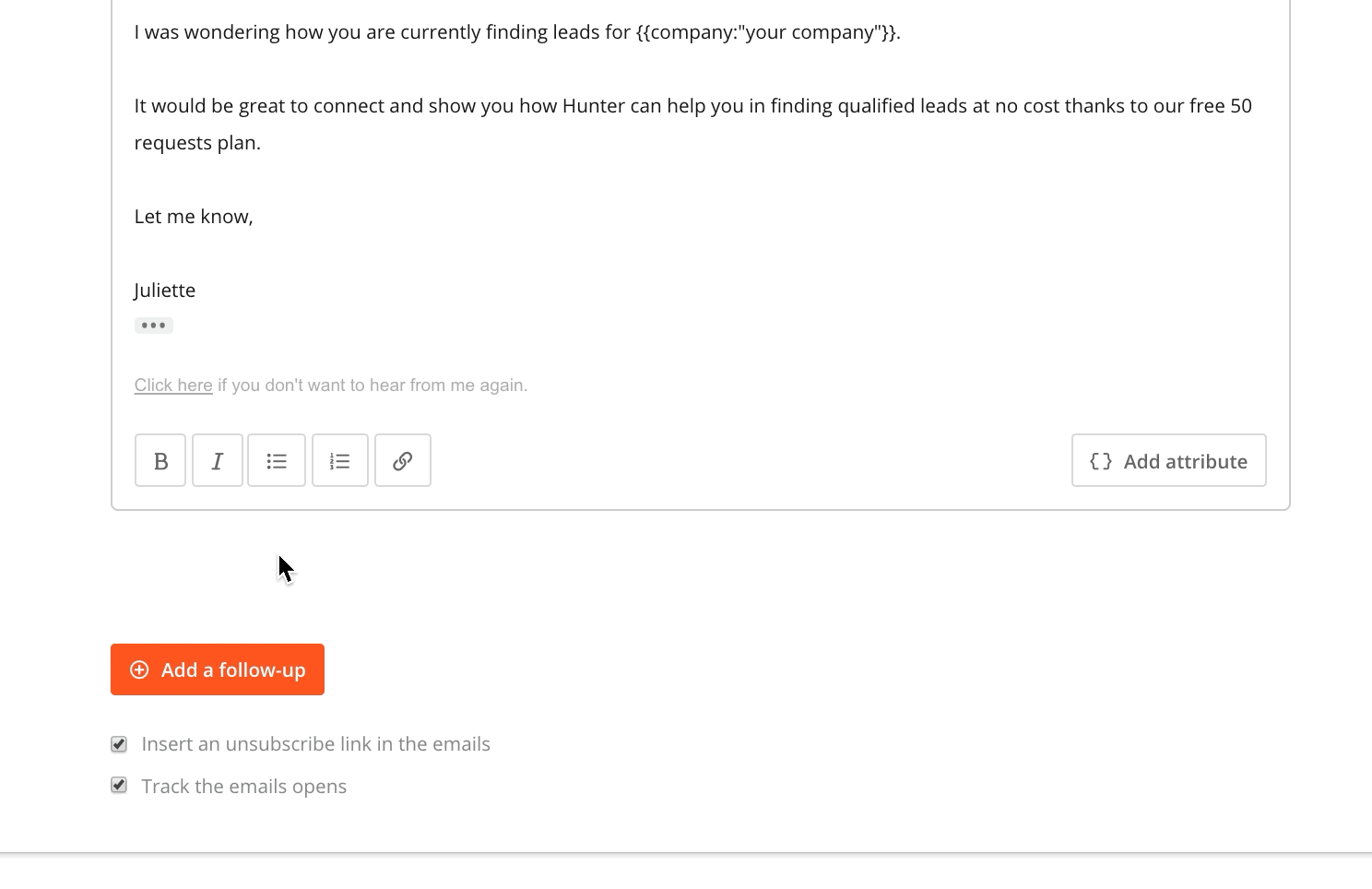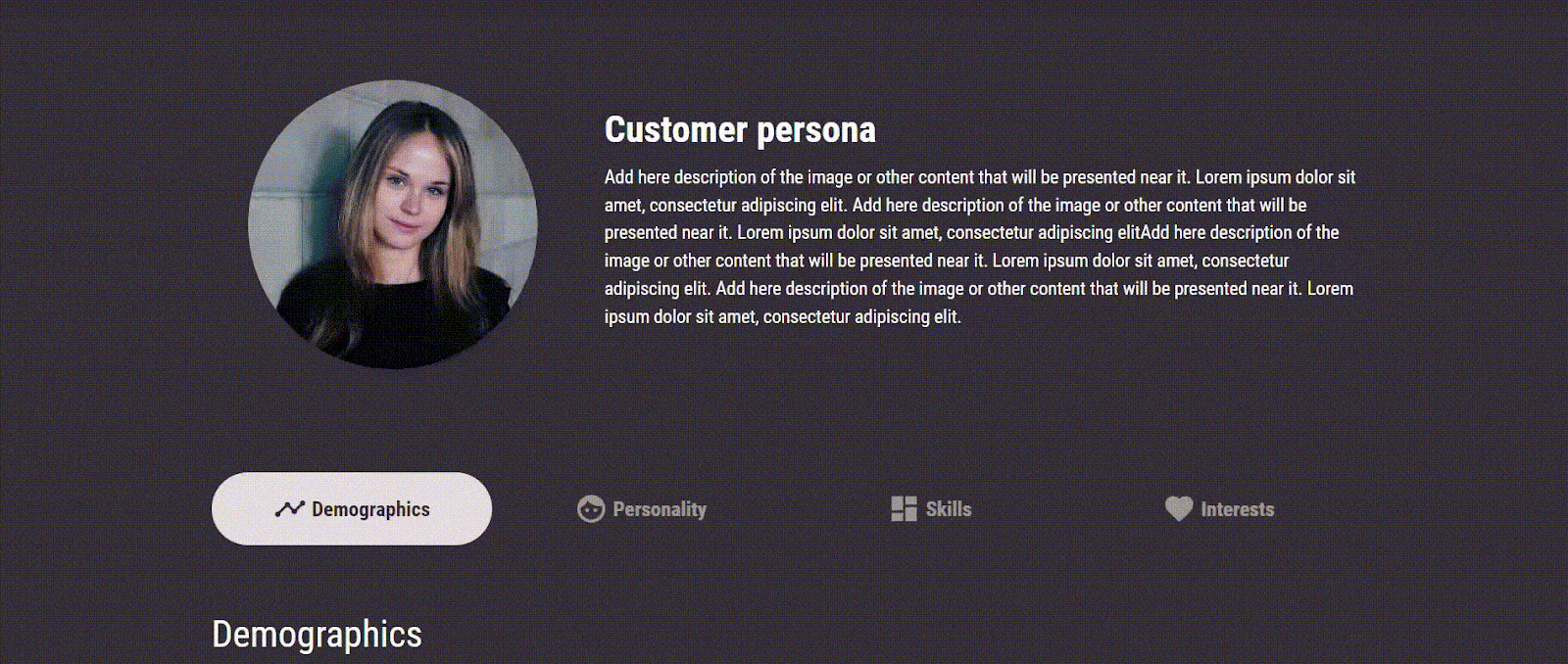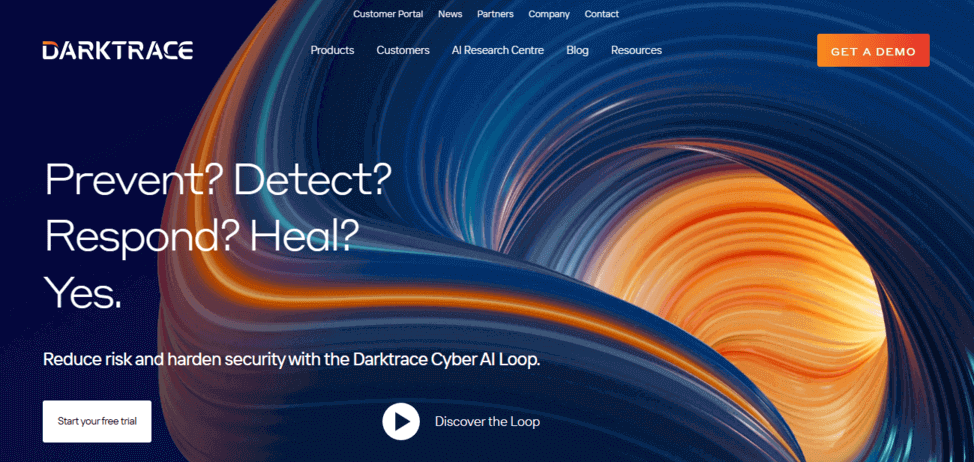How to research your B2B target audience
B2B SaaS audiences are a tough nut to crack. They exist almost exclusively in silos, and take forever to come on board.
Your best bet to convert them into paying customers is by reading their mind. Not by magic, but through meticulous research.
When choosing the right platform for your marketing efforts, consider factors like Braze vs Salesforce to ensure you're utilizing the most effective tools for your strategy.
Here are all the different ways to do it:
1) Conduct a competitor analysis
Competitor analysis is a practice that involves studying your competitors’ target audiences, understanding why they target audiences differently, and identifying strategic shifts or profitable niches.
The goal of doing competitor analysis is to decide if you'll compete for the same segments or exploit market gaps. Assess unique value propositions to differentiate your offerings.
How to conduct competitor analysis?
Identify competitors and analyze their online presence. Explore best-performing pages, customer reviews, and case studies. Engage in social media monitoring to track audience interactions.
Key questions to ask:
Tools like SimilarWeb and Ahrefs help you understand your competitors’ SEO strategies and the audience they attract. They also offer insights into competitor links, which can reveal valuable backlink opportunities and areas where you can improve your own strategy.
You can discover your competitors’ users through reviews they’ve left online. Plot their demographic data to gain insights into their buying behavior.
2) Conduct a Voice-of-Customer analysis (VoC)
VoC analysis involves gathering feedback from customers to understand the emotions and sentiments driving customer actions.
You then take and apply the words your audience uses to express their emotions, needs, and sentiments in your marketing content to resonate with them and drive conversions.
How is VoC research conducted?
-
Follow review platforms and collect what customers say about the products in your niche (see sites like G2, TrustPilot, Capterra, etc.)
-
Install customer listening posts at every touchpoint – from awareness and nurturing to after-sales support and accounting.
-
Gather feedback through surveys, net promoter scores, and customer support interactions by reps as well as chatbots.
-
Host focus groups, analyze website heat maps, and conduct in-person surveys at physical points of sale to cover different segments.
3) Carry out social listening
Social listening is the act of listening to what your audience is saying on social media about your industry, product category, and brand, to inform your marketing strategy.
It also covers social monitoring – tracking brand mentions to stay on top of customer complaints and influencer endorsements.
How is social listening done?
-
Identify and analyze relevant online communities where your B2B target market congregates. These could be LinkedIn and Facebook groups, sub-Reddits, and Quora Communities.
-
Divide your social listening goals into distinct categories, aligning them with your overarching business objectives. For instance, if your goal is product improvement, focus on mining keywords related to customer feedback and preferences.
-
Immerse yourself in the spaces where your Ideal Customer Profiles (ICPs) are active. Take note of the topics they discuss, their challenges, frequently debated subjects, goals, and preferred communication mediums.
4) Conduct user surveys
User surveys allow you to directly engage with B2B target groups. You can evaluate and validate user opinions, and make more informed decisions on marketing channels, messaging, and tone.
How to conduct user surveys?
I. Decide who to ask
Survey customers (customer satisfaction scores) or non-customers (why they picked a competitor) depending on the survey goals.
II. Decide when to ask
Consider conducting surveys
-
during a brand overhaul,
-
after launching a new product or feature,
-
during customer retention efforts, or
-
following an advertising campaign.
III. Decide what to ask
Ask questions that provide actionable insights such as:
-
Do you like the design/new product feature?
-
Do you find it easy to navigate?
-
Were you able to solve your problem/find the information you were looking for?
-
Did you have any problems with the purchase?
IV. Find a user survey tool that offers omnichannel feedback options
Integrate it with your CRM, website, in-app, social media, email, and WhatsApp – wherever your audience is.
V. Incorporate surveys into communication channels
You can set up in app surveys, as part of onboarding new customers or when (sadly) they decide to leave you.
You can also set up email sequences triggered by key actions to send out customer satisfaction surveys right when your clients experience first value.
But getting feedback is tricky, so we recommend you automate 1 or 2 follow-ups through cold email software to maximize your chances of securing a response.












